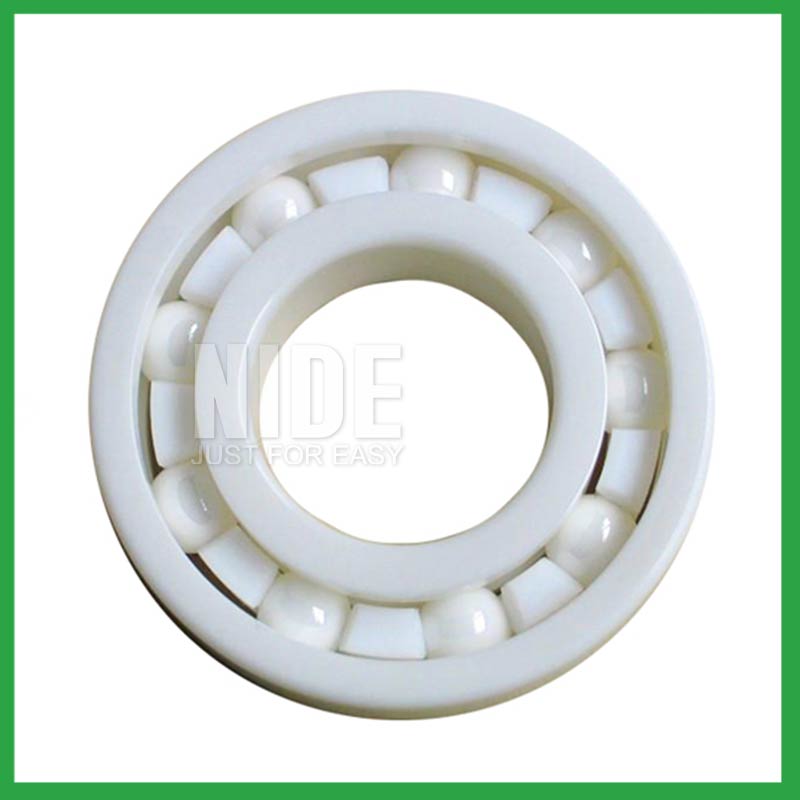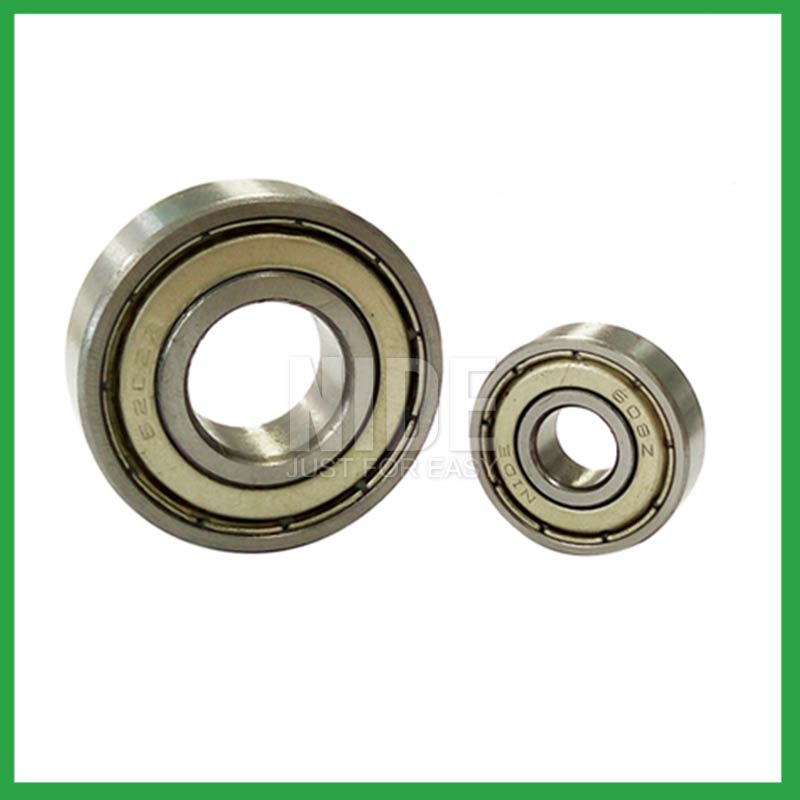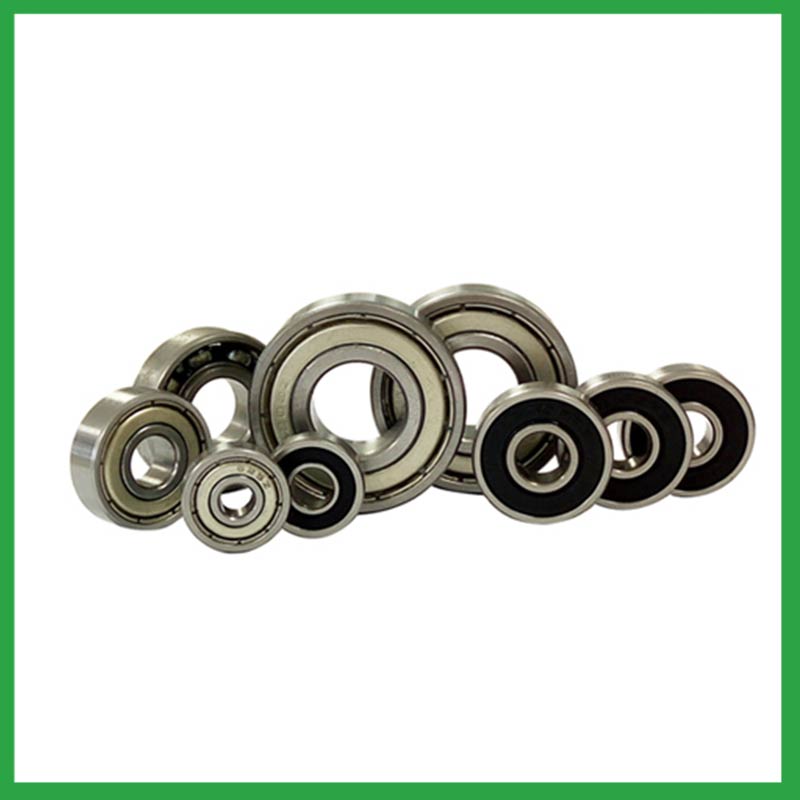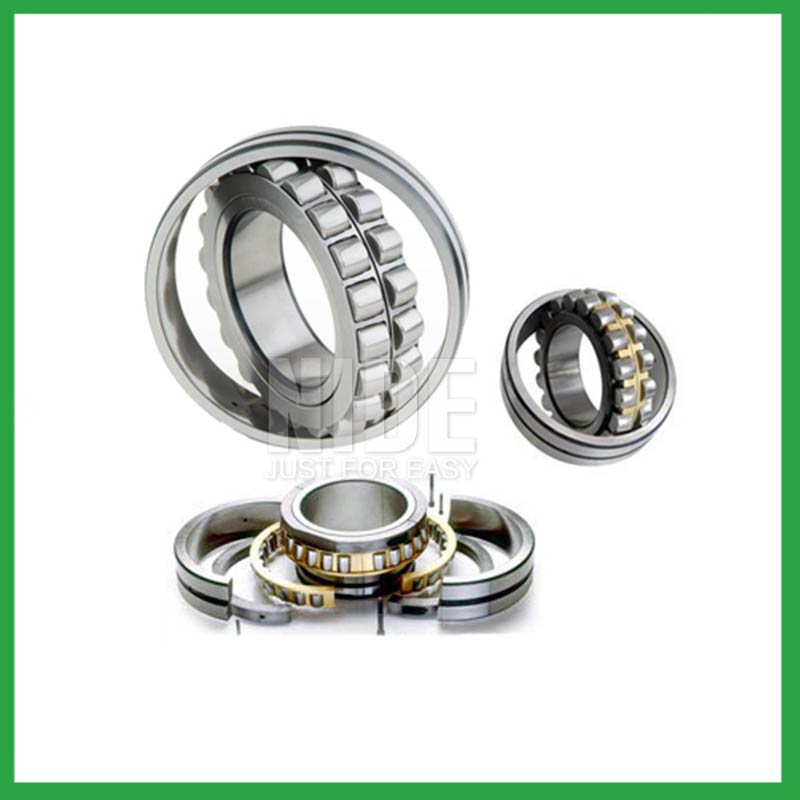Ball bearings are essential components in a wide range of applications, from vehicles and heavy machinery to appliances and factory equipment. These small yet powerful components play a significant role in supporting rotational and linear motion, reducing friction, and enabling smooth and efficient operation. In this article, we will discuss the basics of ball bearings, including their design, production equipment, and various applications.
Nide International - A Leading Ball Bearing Manufacturer
Nide International is a globally recognized company that specializes in the production of high-quality ball bearings. With decades of experience, we has established itself as a reliable and trusted manufacturer of ball bearings for a variety of industries. The company is committed to providing superior quality products, continuous innovation, and excellent customer service.
Design of Ball Bearings
The design of a ball bearing involves several crucial factors that determine its performance and reliability. These include inner diameter, outer diameter, width/thickness, load capacity, speed rating, material, ball type, seal type, life rating, lubrication, noise level, and operating temperature range. Let us take a closer look at each of these design elements.
PartⅠ: Inner Diameter and Outer Diameter
The inner diameter of a ball bearing refers to the size of the central bore of the bearing, while the outer diameter indicates the size of the outer race. These dimensions can vary significantly, depending on the intended application and load-bearing requirements.
PartⅡ: Width/Thickness
The width or thickness of a ball bearing is an essential design element that determines its load-carrying capacity. A wider/thicker bearing can handle heavier loads and is more suitable for high-speed applications.
PartⅢ: Load Capacity and Speed Rating
The load capacity of a ball bearing refers to the maximum amount of weight it can support without causing damage or failure. The speed rating, on the other hand, indicates the maximum rotational speed at which the bearing can operate without causing excessive friction or heat buildup.
PartⅣ: Material and Ball Type
Ball bearings are typically made from high-quality materials such as chrome steel, stainless steel, or ceramic. The material used can significantly impact the bearing's performance, durability, and resistance to corrosion and wear. Similarly, the type of ball used, whether steel or ceramic, can also affect the bearing's efficiency and load capacity.
PartⅤ: Seal Type and Life Rating
Seals are essential components in a ball bearing that prevent contaminants, such as dirt and moisture, from entering the bearing and causing damage. The seal type used can also influence the bearing's life rating, which refers to the expected lifespan of the bearing under normal operating conditions.
PartⅥ: Lubrication and Noise Level
Proper lubrication is critical for the smooth operation and longevity of a ball bearing. It helps to reduce friction and heat, preventing premature wear and tear. The type and frequency of lubrication required will depend on the type of bearing and its specific application. The amount of noise produced by a bearing during operation is another crucial factor to consider, especially in noise-sensitive applications.
PartⅦ: Operating Temperature Range
The operating temperature range refers to the minimum and maximum temperatures at which a bearing can operate without causing damage or failure. Some applications, such as those in extreme environments, may require bearings that can withstand high or low temperatures.
The type of Ball bearing

Applications of Ball Bearings
Ball bearings are used in a vast array of applications, including but not limited to:
● Automotive industry – for powering various vehicle components such as engines, transmissions, and drivetrain systems.
● Aerospace industry – for aircraft engines, landing gear, and control systems.
● Manufacturing and industrial machinery – for power transmission and rotation in machines such as conveyors, rollers, and motors.
● Household appliances – for refrigerators, washing machines, and fans.
● Medical equipment – for devices such as X-ray machines and MRI scanners.
Production equipment
The production of ball bearings requires specialized machinery, including lathes, grinders, and automated assembly lines. The production process involves precision machining of the rings and balls, followed by heat treatment and surface treatment for durability and smooth operation.
Conclusion
Ball bearings play a crucial role in many industries, enabling smooth and efficient operation of various machines and equipment. With the right design, high-quality materials, and proper maintenance, ball bearings can offer reliable performance and extended service life. As a leading manufacturer of ball bearings, Nide International takes pride in providing superior quality products that meet the demands of various industries.
Other motor accessories:



